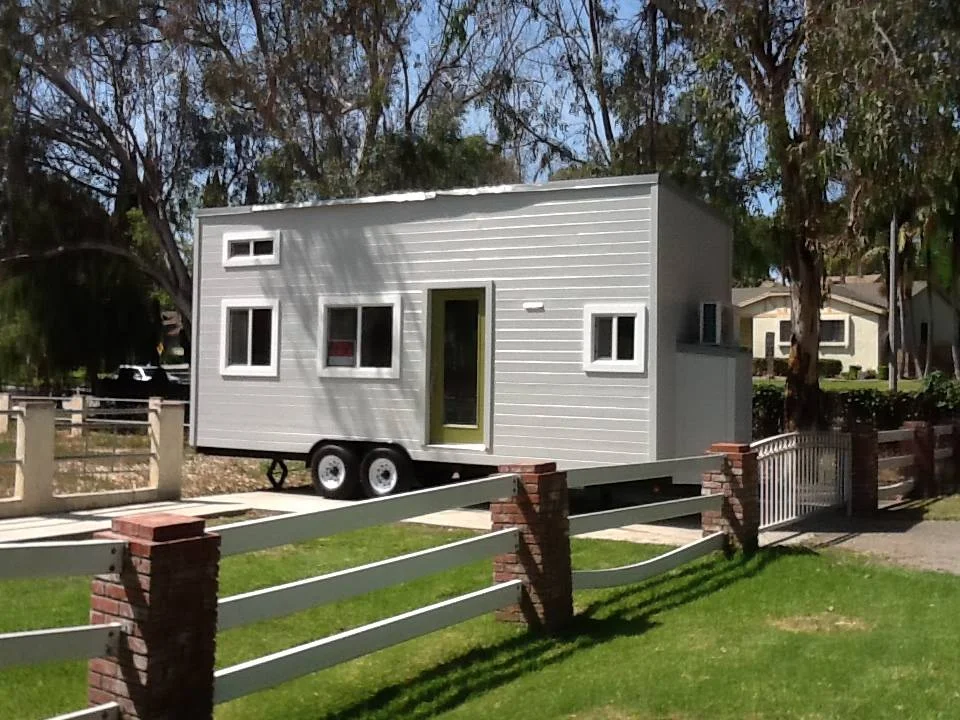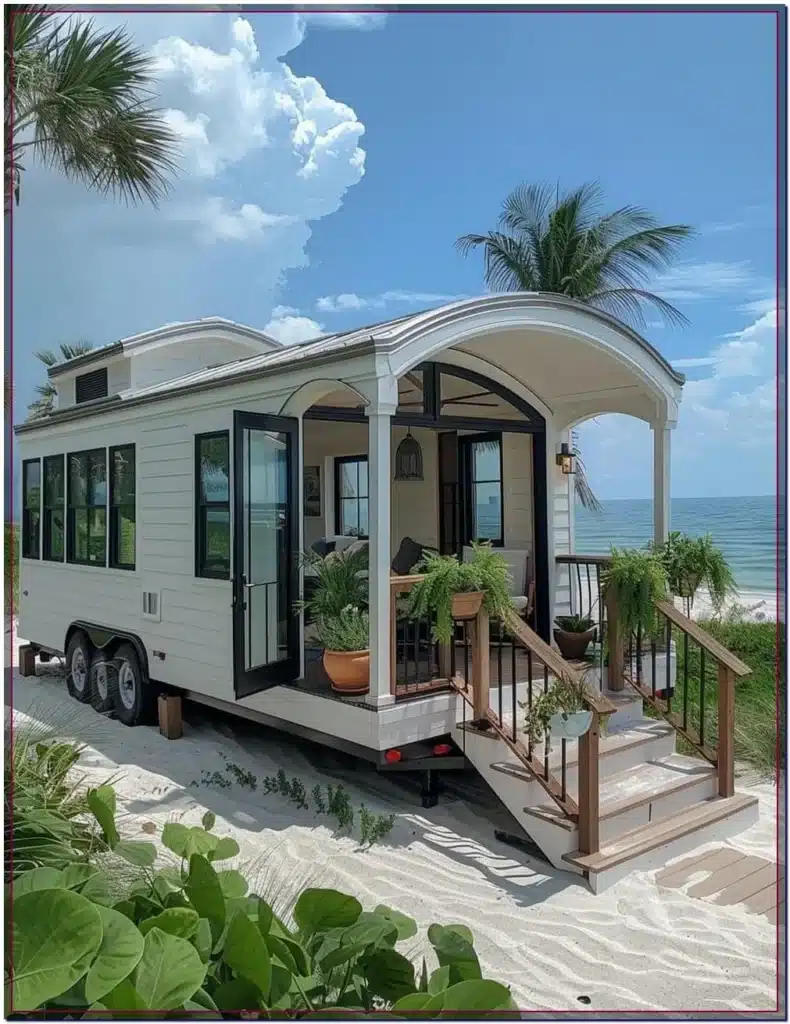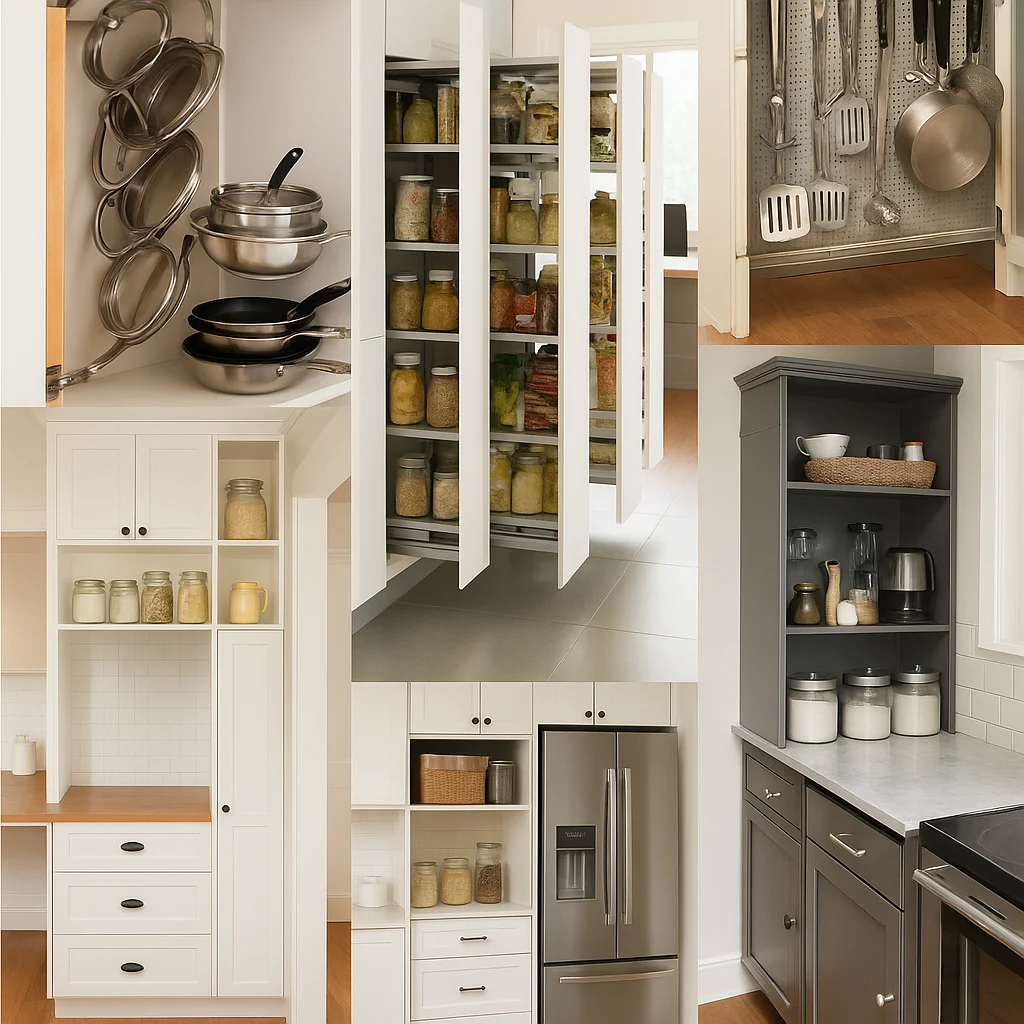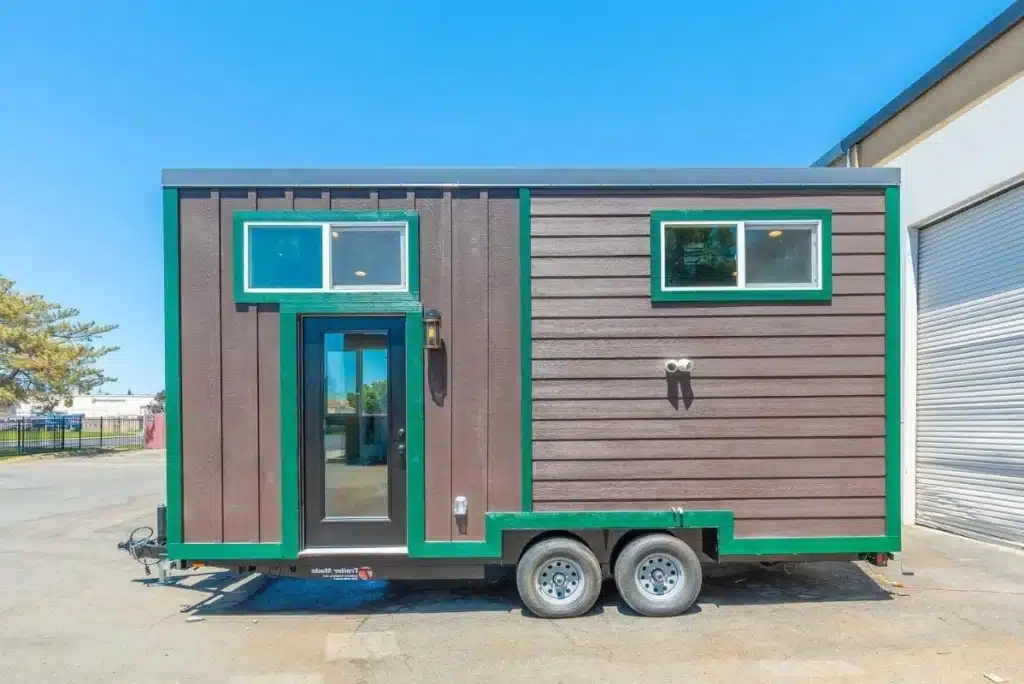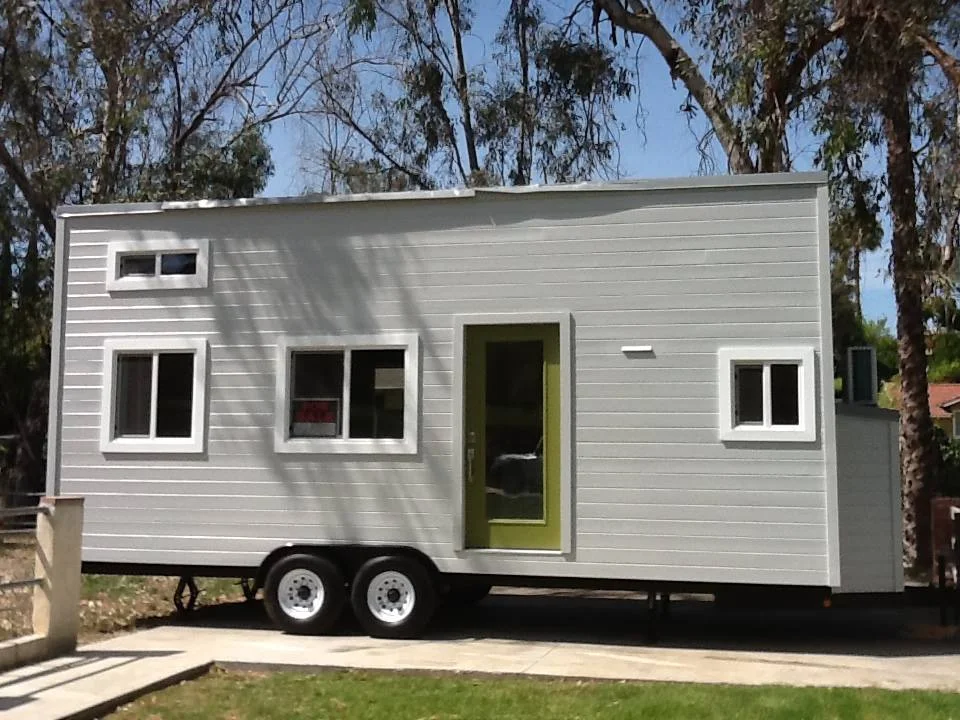
Building a THOW (Tiny House on Wheels) requires a lot of careful planning and the right materials. It is also necessary to have proper knowledge of the techniques of construction. Here is a step-by-step guide that will help you in this process.
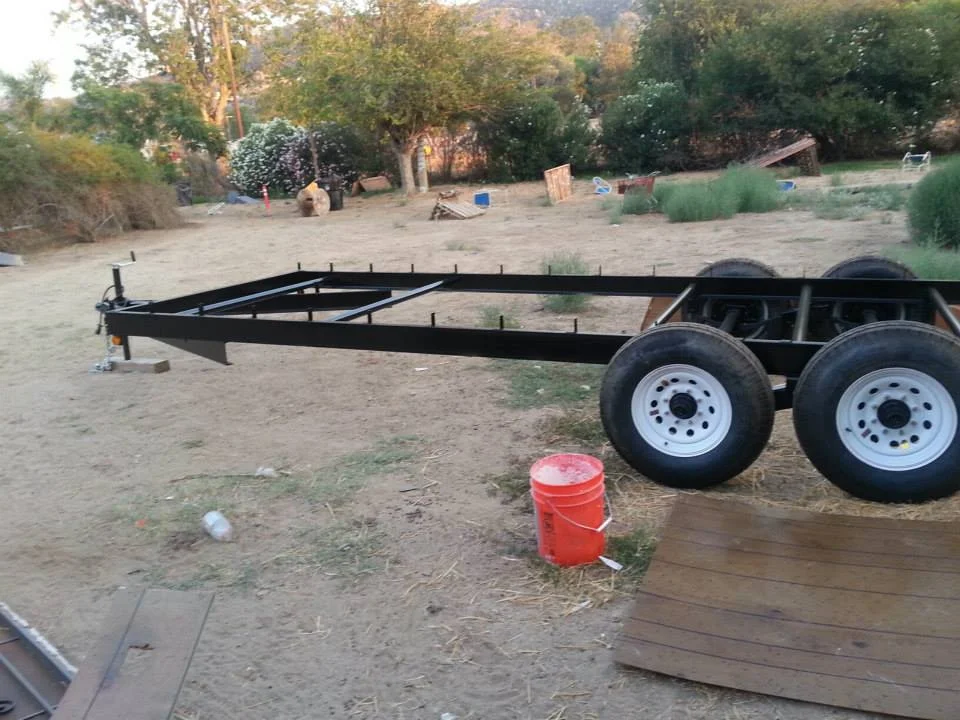
Step 1: Planning & Design
1.Know Your Needs – Determine Size, Layout, and Must-haves (example: kitchen, bath, sleeping loft).
2.Check Laws- Zoning, road, and trailer weight limits for an area.
3.Draw Up Plans- Use software such as Sketch-Up or draw plans manually. Think containment, thermals, and plumbage.
4.Choose a trailer: Choose a robust and heavy-duty trailer rated for the weight of your house (most of the time falls within 7,000 to 14,000 lbs capacity).
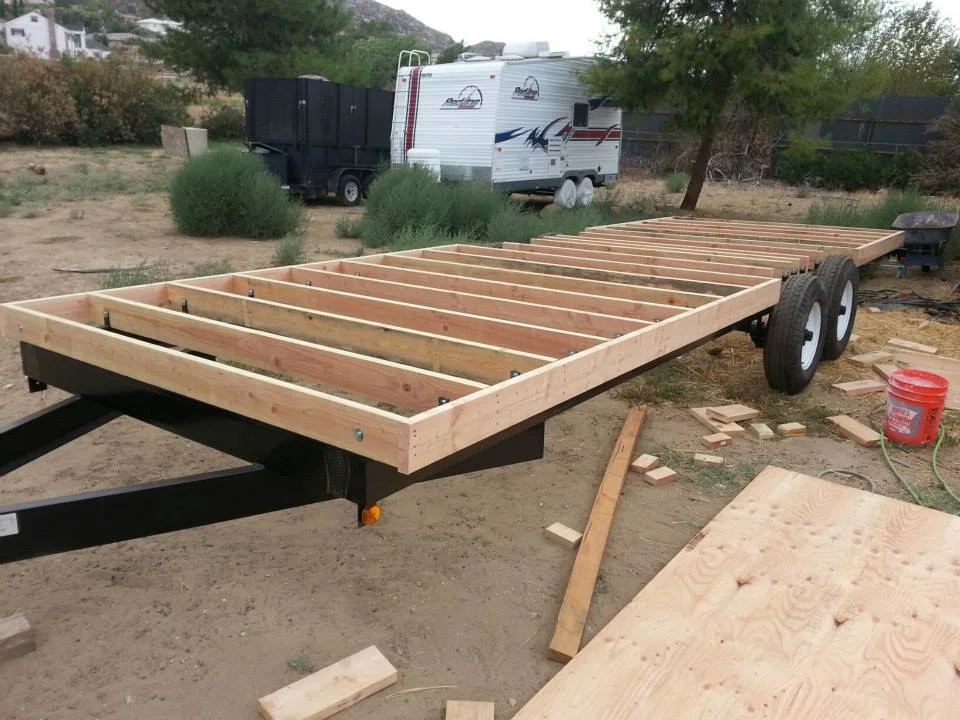
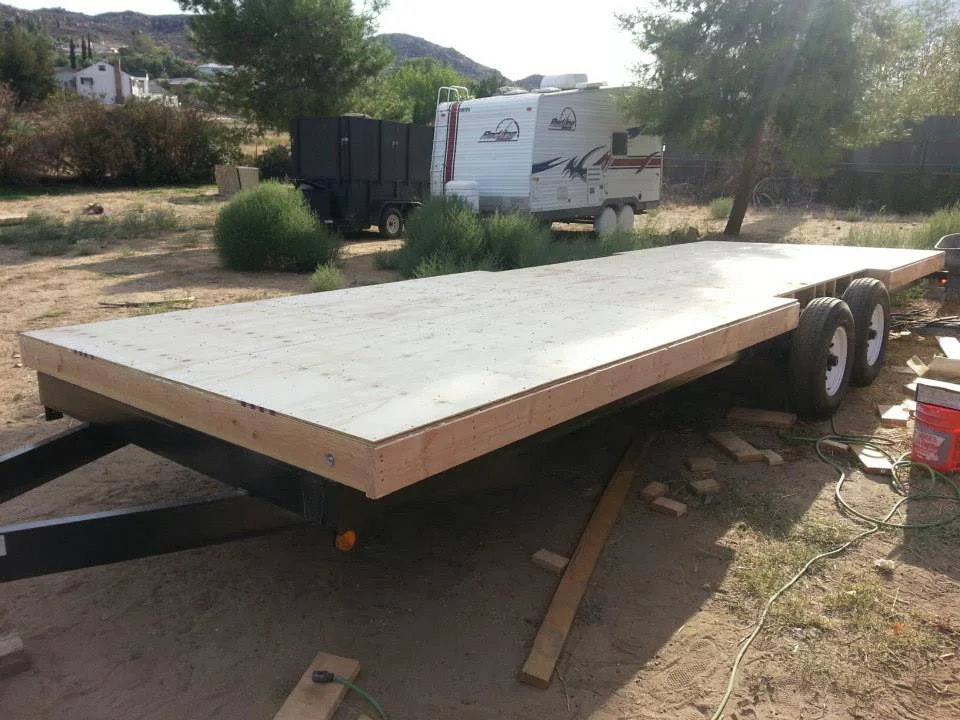
Step 2: Preparing the Trailer
1.Test and Confirm- all structural soundness check if it is also rust-free and reinforced when needed.
2.Insulate- Install rigid foam or spray foam insulation under the trailer base.
3.Construct the Subfloor- Fasten pressure-treated wood framing along with plywood sheathe to the trailer with bolts.
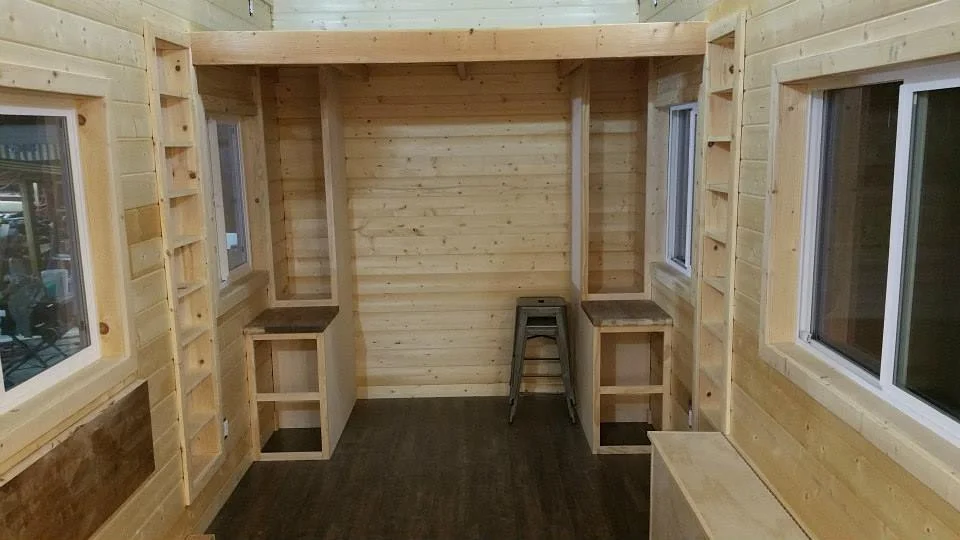
Step 3: Framing the Structure
1.Construct the Walls- Raise frames with either 2×4 or 2×6 lumber while having diameters and openings for windows and doors in place.
2.Lift and Bolt the Walls- Lift and bolt the walls onto the trailer bracing if necessary.
3.Add Roof Trusses- Rafters will or pre-made trusses will be installed, taking into account wind and snow loads.
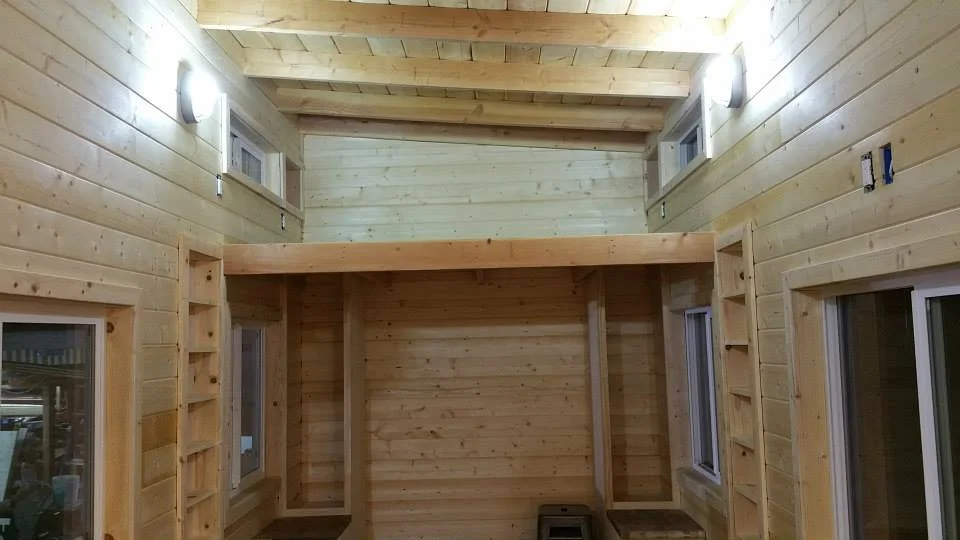
Step 4: Installing Exterior Elements
1.Cover walls with either plywood/OSB (oriented strand board) and put up a weather barrier.
2.Install Windows & Doors – U-PVC windows, secure doors to keep insulation and security.
3.Siding & Roofing – Select lightweight and easily durable materials such as metal, cedar, or composite siding, and installing roofing (either metal or shingles).
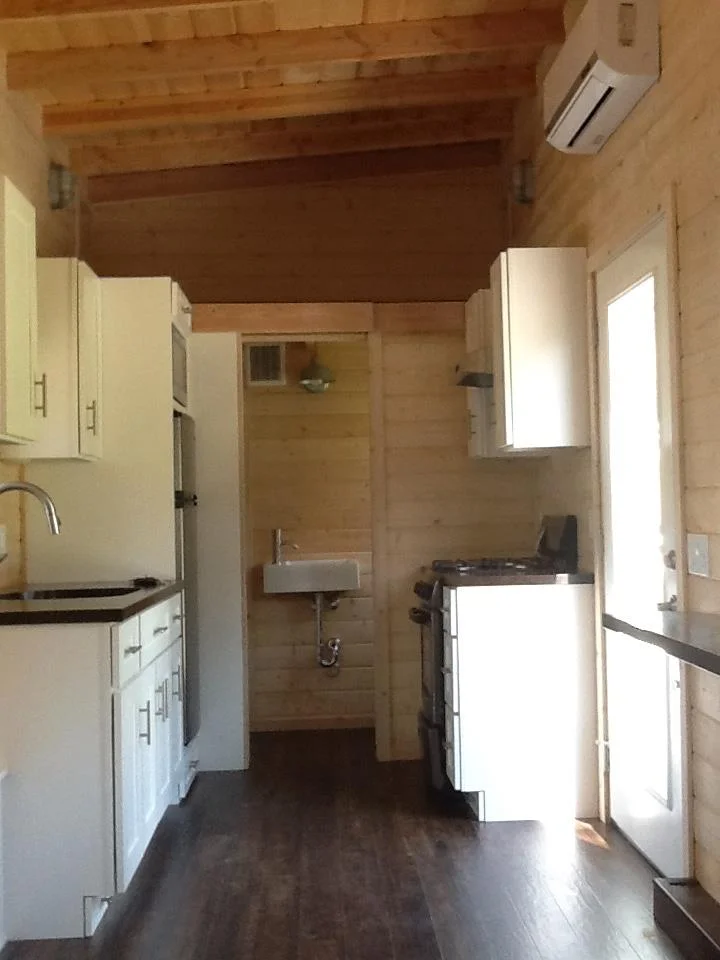

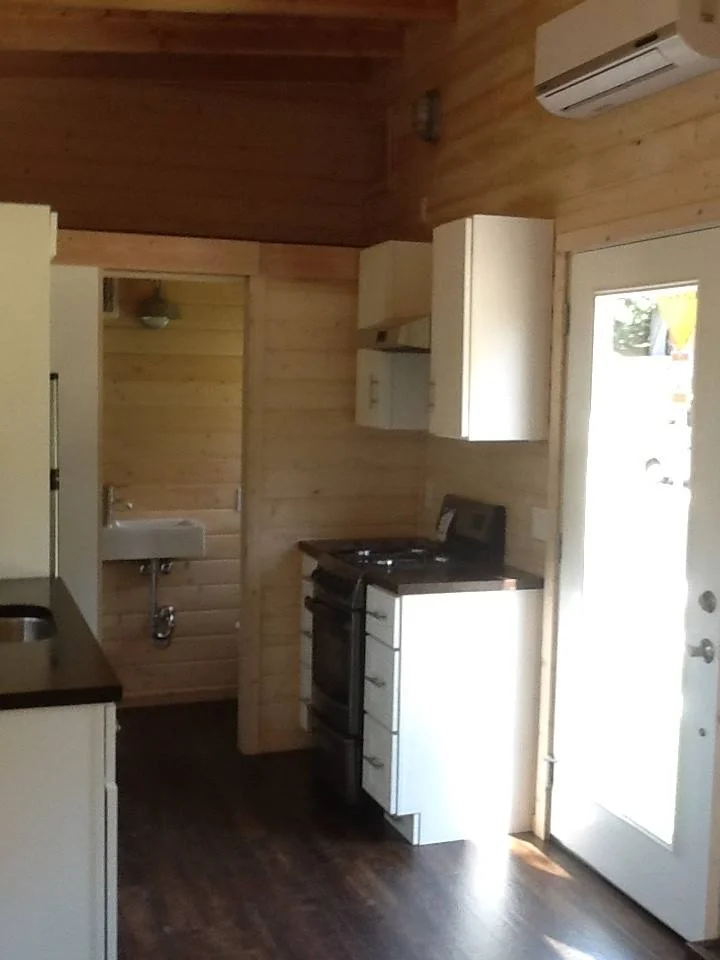
Step 5: Interior Work
1.Insulation & Vapor Barrier – Install spray foam, fiberglass, or rigid insulation between studs.
2.Electrical & Plumbing – Run wiring, install hardware for electrical panel, and pre-install plumbing for the sink, shower, and toilet.
3.Walls & Ceiling Panels – Lightweight materials cannot be used such as plywood, tongue-and-groove boards, or drywall.
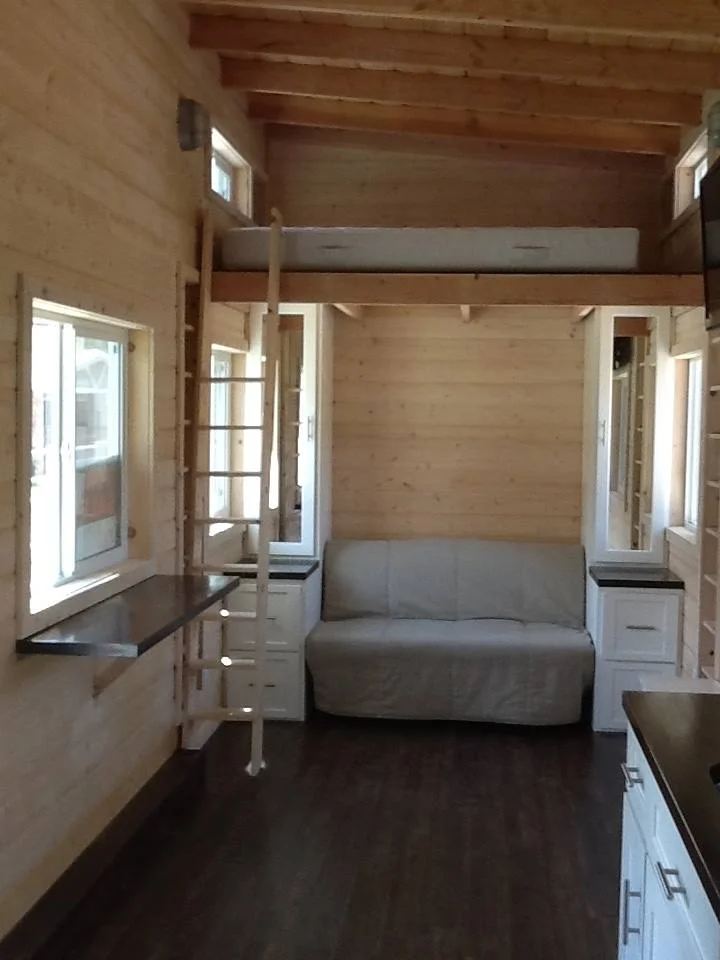
Step 6: Final Touches
1.Flooring- Place lightweight, durable flooring such as vinyl, laminate or hardwood.
2.Kitchen & Bath- countertops, cabinets, appliances, shower, sink, and toilet (composting or RV style).
3.Furniture & Storage – Building or fitting foldable furniture, shelves, and storage means maximizing space.
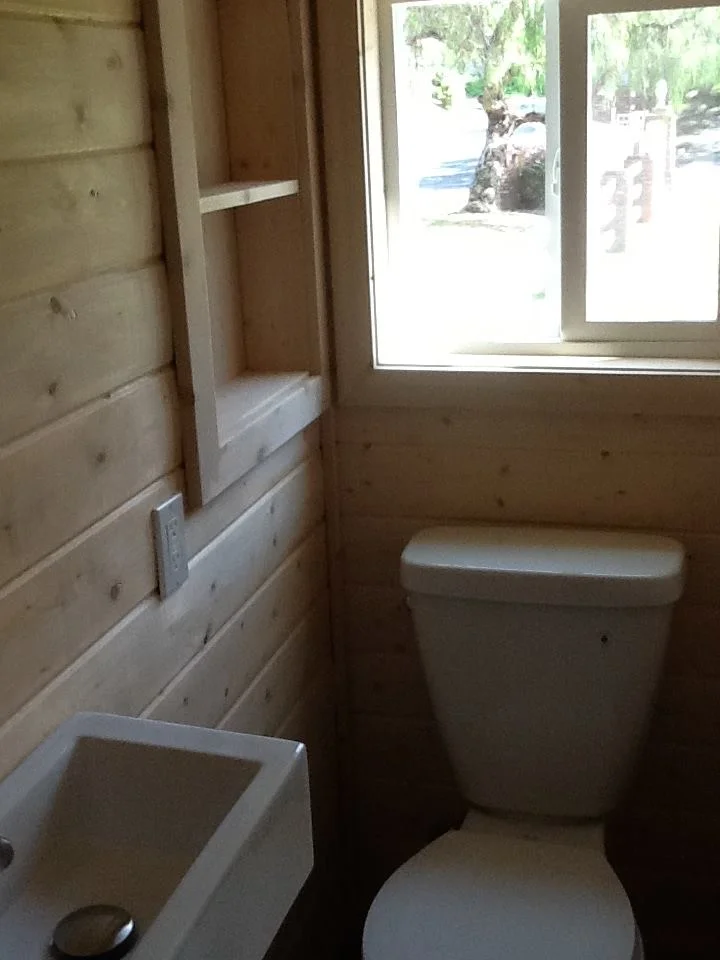
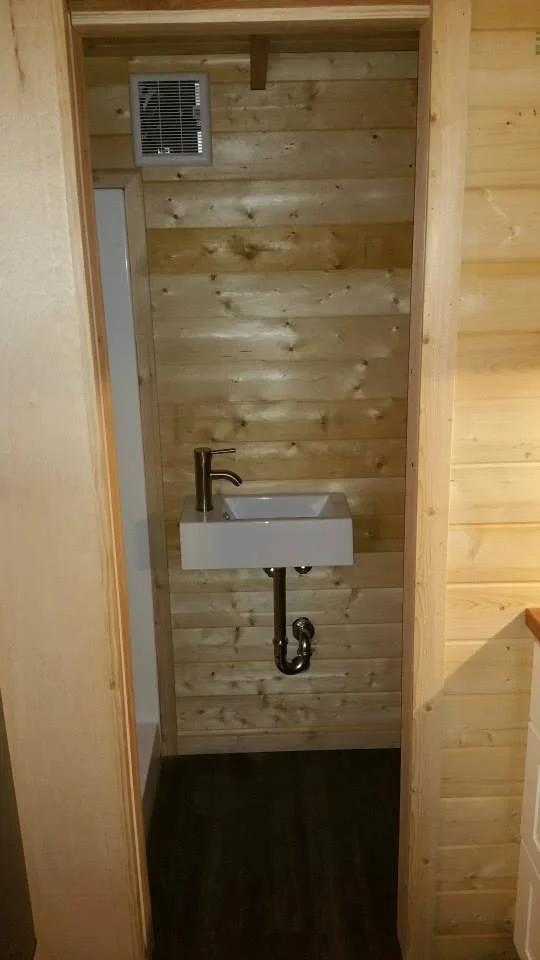
Step 7: Last Checks! Move In
1.Test Systems: All checks to both electrical and plumbing systems and insulation efficiency should also be done here.
2.There should not be any loose ends in sealing leakage, drafts, and weak structures.
3.Roadworthy: Ensure safety on trailer brakes, lights, and load distribution before driving.
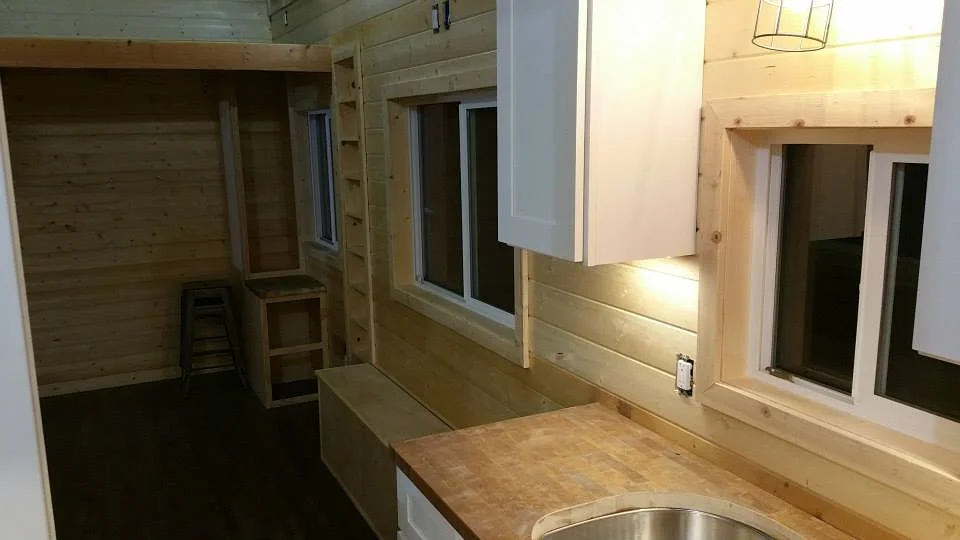
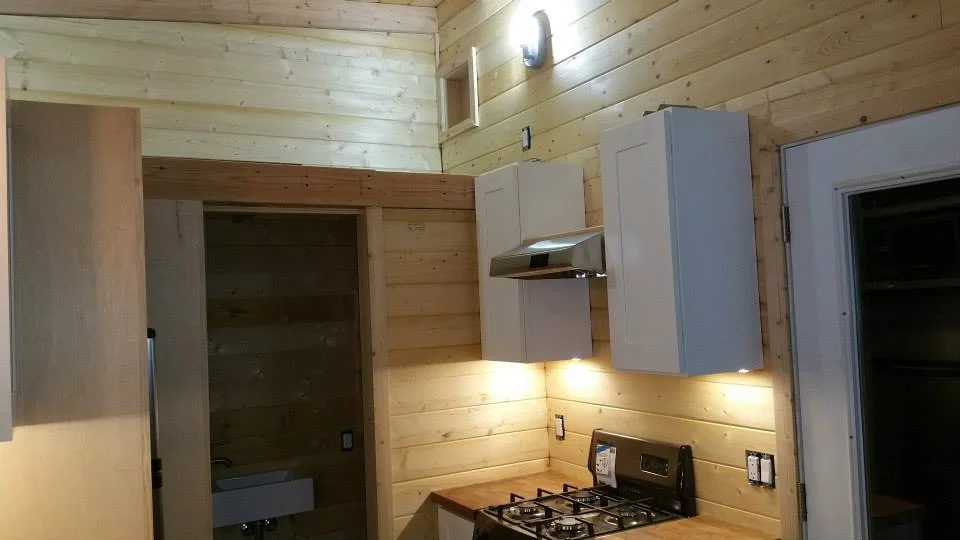
Follow the steps, and you will have your tiny house on wheels built and be able to take the advantage of living a mobile minimalist lifestyle!
